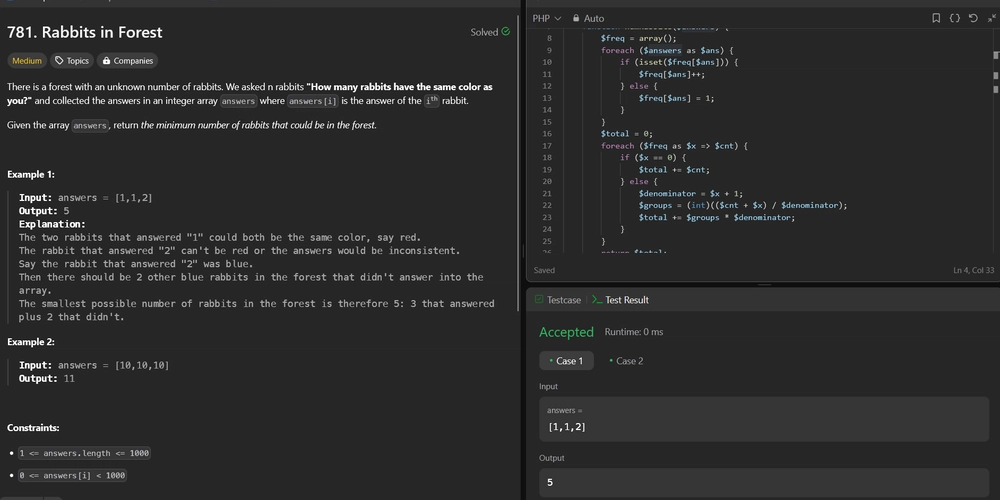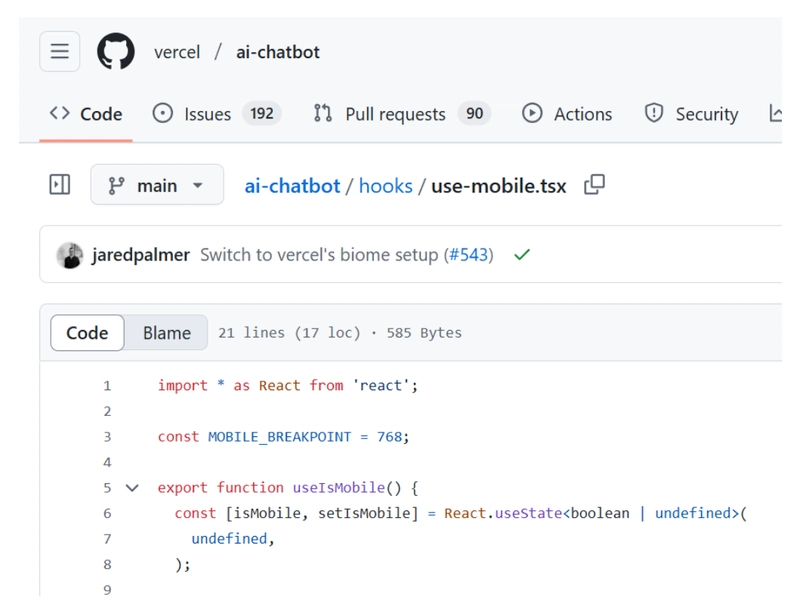Simplify Your Unit Tests with Mock Builders in Java
If you've ever written unit tests in Java for a service layer, you probably know how quickly your test code can get cluttered with countless mock helper methods. Especially when you're mocking objects with several fields — it gets repetitive and hard to read. Let me show you how switching to a Mock Builder Pattern can clean up your test suite and make your life a whole lot easier. The Problem with Traditional Mocking Here’s a simple UserValidator that validates a list of users: public class UserValidator { public void validateUsers(List users) { usersShouldBeAdults(users); namesAndSurnamesShouldStartWithUpperCase(users); usersShouldBeFromEurope(users); } // ... methods omitted for brevity ... } Your User object might look like this: @Getter @AllArgsConstructor @FieldDefaults(level = AccessLevel.PRIVATE) public class User { UUID id; String name; String surname; String country; int age; } When it’s time to test, you might reach for helper methods like: private User getUserWithAge(int age) { ... } private User getUserWithAgeAndName(String name, int age) { ... } private User getUserWithAgeAndNameAndSurname(String name, String surname, int age) { ... } private User getFullUser(String name, String surname, String country, int age) { ... } That’s fine at first... but it quickly spirals into a mess of methods just to cover all combinations of fields. Not great. ✅ Enter the Mock Builder Pattern Instead of creating dozens of helpers, let’s use a single, flexible mock builder using Lombok’s @Builder: @Builder(builderMethodName = "user") private static User getUserBuilder( String name, String surname, String country, Integer age ) { User user = mock(User.class); if (nonNull(name)) given(user.getName()).willReturn(name); if (nonNull(surname)) given(user.getSurname()).willReturn(surname); if (nonNull(country)) given(user.getCountry()).willReturn(country); if (nonNull(age)) given(user.getAge()).willReturn(age); return user; } Now, your tests become elegant and readable: val users = List.of( user().name("Alice").surname("Smith").country("France").age(30).build(), user().name("Bob").surname("Brown").country("Germany").age(25).build() ); You specify only the fields you need. No more boilerplate, no more bloated test classes. Test Case Side-by-Side Without Mock Builder val users = List.of( getUserWithAgeAndNameAndSurname("Jason", "born", 30), getUserWithAge(21) ); ✅ With Mock Builder val users = List.of( user().name("Jason").surname("born").age(30).build(), user().age(21).build() );

If you've ever written unit tests in Java for a service layer, you probably know how quickly your test code can get cluttered with countless mock helper methods. Especially when you're mocking objects with several fields — it gets repetitive and hard to read.
Let me show you how switching to a Mock Builder Pattern can clean up your test suite and make your life a whole lot easier.
The Problem with Traditional Mocking
Here’s a simple UserValidator that validates a list of users:
public class UserValidator {
public void validateUsers(List users) {
usersShouldBeAdults(users);
namesAndSurnamesShouldStartWithUpperCase(users);
usersShouldBeFromEurope(users);
}
// ... methods omitted for brevity ...
}
Your User object might look like this:
@Getter
@AllArgsConstructor
@FieldDefaults(level = AccessLevel.PRIVATE)
public class User {
UUID id;
String name;
String surname;
String country;
int age;
}
When it’s time to test, you might reach for helper methods like:
private User getUserWithAge(int age) { ... }
private User getUserWithAgeAndName(String name, int age) { ... }
private User getUserWithAgeAndNameAndSurname(String name, String surname, int age) { ... }
private User getFullUser(String name, String surname, String country, int age) { ... }
That’s fine at first... but it quickly spirals into a mess of methods just to cover all combinations of fields. Not great.
✅ Enter the Mock Builder Pattern
Instead of creating dozens of helpers, let’s use a single, flexible mock builder using Lombok’s @Builder:
@Builder(builderMethodName = "user")
private static User getUserBuilder(
String name,
String surname,
String country,
Integer age
) {
User user = mock(User.class);
if (nonNull(name)) given(user.getName()).willReturn(name);
if (nonNull(surname)) given(user.getSurname()).willReturn(surname);
if (nonNull(country)) given(user.getCountry()).willReturn(country);
if (nonNull(age)) given(user.getAge()).willReturn(age);
return user;
}
Now, your tests become elegant and readable:
val users = List.of(
user().name("Alice").surname("Smith").country("France").age(30).build(),
user().name("Bob").surname("Brown").country("Germany").age(25).build()
);
You specify only the fields you need. No more boilerplate, no more bloated test classes.
Test Case Side-by-Side
Without Mock Builder
val users = List.of(
getUserWithAgeAndNameAndSurname("Jason", "born", 30),
getUserWithAge(21)
);
✅ With Mock Builder
val users = List.of(
user().name("Jason").surname("born").age(30).build(),
user().age(21).build()
);









































































































































































![[The AI Show Episode 144]: ChatGPT’s New Memory, Shopify CEO’s Leaked “AI First” Memo, Google Cloud Next Releases, o3 and o4-mini Coming Soon & Llama 4’s Rocky Launch](https://www.marketingaiinstitute.com/hubfs/ep%20144%20cover.png)




























































































































![[DEALS] The All-in-One Microsoft Office Pro 2019 for Windows: Lifetime License + Windows 11 Pro Bundle (89% off) & Other Deals Up To 98% Off](https://www.javacodegeeks.com/wp-content/uploads/2012/12/jcg-logo.jpg)



























![Is this too much for a modular monolith system? [closed]](https://i.sstatic.net/pYL1nsfg.png)





















































































































_Andreas_Prott_Alamy.jpg?width=1280&auto=webp&quality=80&disable=upscale#)































































































![What features do you get with Gemini Advanced? [April 2025]](https://i0.wp.com/9to5google.com/wp-content/uploads/sites/4/2024/02/gemini-advanced-cover.jpg?resize=1200%2C628&quality=82&strip=all&ssl=1)













![Apple Shares Official Trailer for 'Long Way Home' Starring Ewan McGregor and Charley Boorman [Video]](https://www.iclarified.com/images/news/97069/97069/97069-640.jpg)
![Apple Watch Series 10 Back On Sale for $299! [Lowest Price Ever]](https://www.iclarified.com/images/news/96657/96657/96657-640.jpg)
![EU Postpones Apple App Store Fines Amid Tariff Negotiations [Report]](https://www.iclarified.com/images/news/97068/97068/97068-640.jpg)
![Apple Slips to Fifth in China's Smartphone Market with 9% Decline [Report]](https://www.iclarified.com/images/news/97065/97065/97065-640.jpg)



































































































































